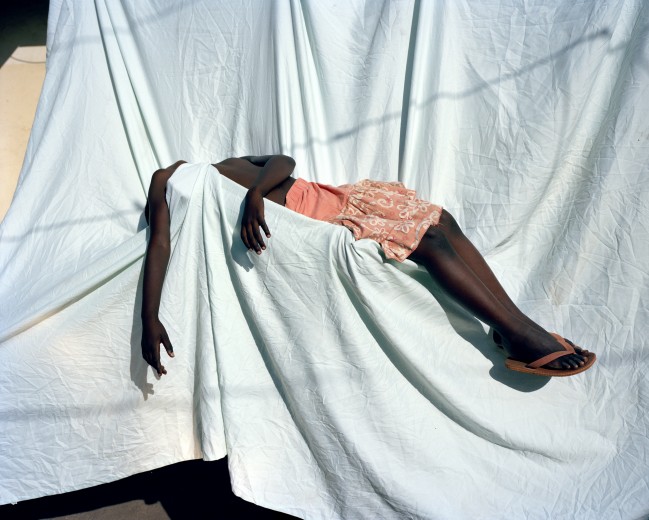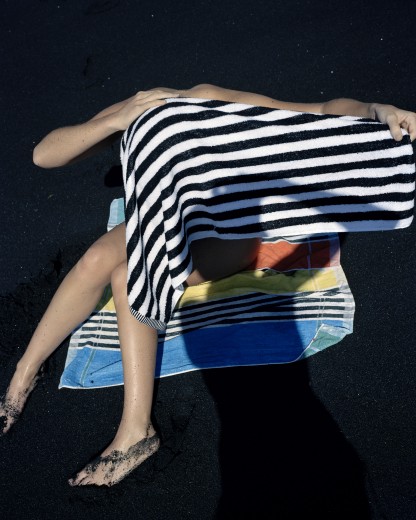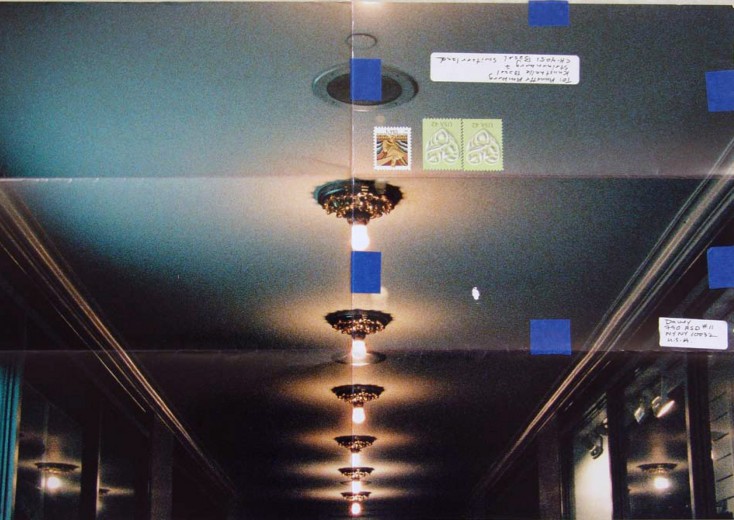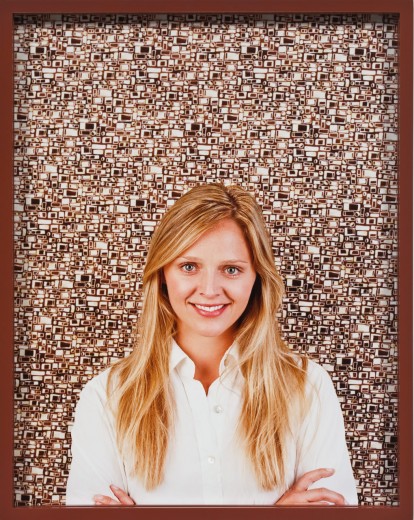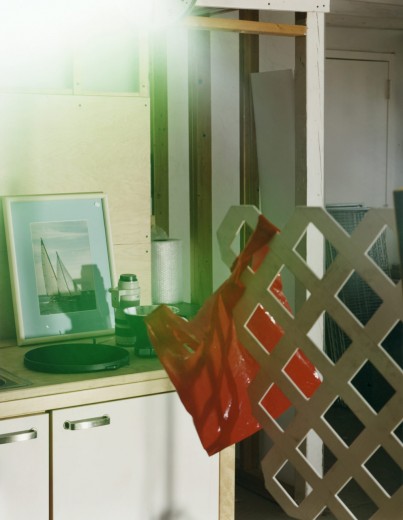Of course not.
It's just changing.
I align myself with Jennifer Blessing, Peter Galassi, Geoff Dyer,Blake Stimson, Charlotte Cotton, Corey Keller, and Vince Aletti.
(My favorites in order are:
Peter Galassi
Jennifer Blessing
Geoff Dyer
Blake Stimson
Charlotte Cotton
Corey Keller
And I just agree with George Baker, because yeah, Expanded Field... yahta yahta yahta)
Photography will never die, it only changes form. Since photography is reliant on apparati, and the apparati constantly change, our medium is constantly in flux. From it's beginnings, photography has been changing modes of production ever few decades. Now we're seeing new technology and everyone is screaming about the visceral qualities of analog, and whether or not photography is indexical any more, and how much better color is with analog. Yeah, I love analog too, but it's not going anywhere, with any action there is a reaction, and as the death of Polaroid has proven, if there is a will to resurrect the dead, there is a way. (I'm referring to
The Impossible Project) When Polaroid announced it's closing, there was an immediate movement to save the process, and even Fuji came out with a camera, Fujifilm INSTAX 210, in response to the loss of Polaroid.
Art schools everywhere are getting rid of their color processors, Columbia University has, and SAIC has gone completely digital. We are lucky to have learned the processes, as we are the last to do so and it is part of photographic history. However, to stay stuck in the world of analog is silly, we have to move forward and change along with our ever changing medium. Paint is paint, it's not going anywhere, but an inherent quality of photography is that the processes and cameras and the ways of production change. We have the option to look at our processes and determine which makes the most sense for the work we are making and the ideas we want to convey. We have options, nothing is dead, and if color paper goes out, some grad student somewhere will be figuring out a way to resurrect it, as all process are still used, even the first, Daguerreotypes. We don't need to be concerned with processes, but instead we should be looking at where photography is going, and continually pushing the medium, questioning it, questioning where photography is shown and how it is seen.
Vince Aletti:
But when virtually every antique process — daguerreotype, tintype, and cyanotype; albumen, salt, platinum-palladium, and wet-plate collodion printing — has been revived over the past few decades, there's no reason to think gelatin silver will disappear totally anytime soon. There's never been just one kind of photography, and now there are many.
Source: http://www.sfmoma.org/about/research_projects/research_projects_photography_over#ixzz1fd5raFhd
San Francisco Museum of Modern Art
Photography is expanding, taking off really. We see more images today than we ever have before, we make more images than we ever have before, and we have more control over our image making. Not only is photography expanding into the digital world, it is also expanding into other forms of art making: video (Wafaa Balil, ) , painting (Ben Gest, Randy Hayes, Moni K Huber, Gregory Scott), installation (Amanda Ross-Ho, Wolfgang Tillmans, Christian Boltanski), and everything in between.
 |
| Midwest Olympia by Wafaa Bilal, http://wafaabilal.com/html/midwestOlympia.html |
 |
| Add caption |
 |
Zimmerhelden install view, Moni K Huber (painting, photo, and installation!)
|
 |
| Margaret with a Smaller Purse, 2005, Ben Gest |
 |
Big Apple Inn, from American South by Randy Hayes 1995-2005
|
 |
| Flipside, Gregory Scott |
 |
| Coming and Going Part II, 2001, Christian Boltanski |
 |
| Etre A Nouveau, 2005, Christian Boltanski |
 |
Untitled Still Life (DEEP DISH APPLE PIE), Amanda Ross-Ho 2011, (painting, photo, install, found object...)
|
 |
| Install view of The Artist's Museum (MCA @ LA), Amanda Ross-Ho, 2010-2011 |
 |
| Istall view from MMK, 2011, Wolfgang Tillmans |
 |
| Install view from MMK, 2011, Wolfgang Tillmans |
Christian Patterson (in the museum downstairs right now (MoCP), installation, found objects)

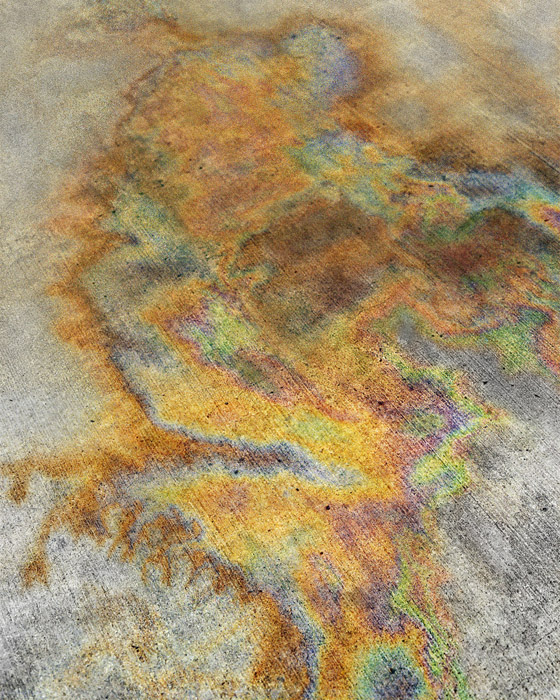 |
Christian Patterson
|
Aside from photography expanding into other mediums and other mediums expanding into photography, we also have the use of the appropriation of images, so digital and social media come into the new medium of photography, not just as space to view images, but from which to take inspiration and make art.
 |
| Flickr Sunsets, Penelope Umbrico |
 |
| Treetops, from Somewhere in Israel, by Curtis Mann 2009 |
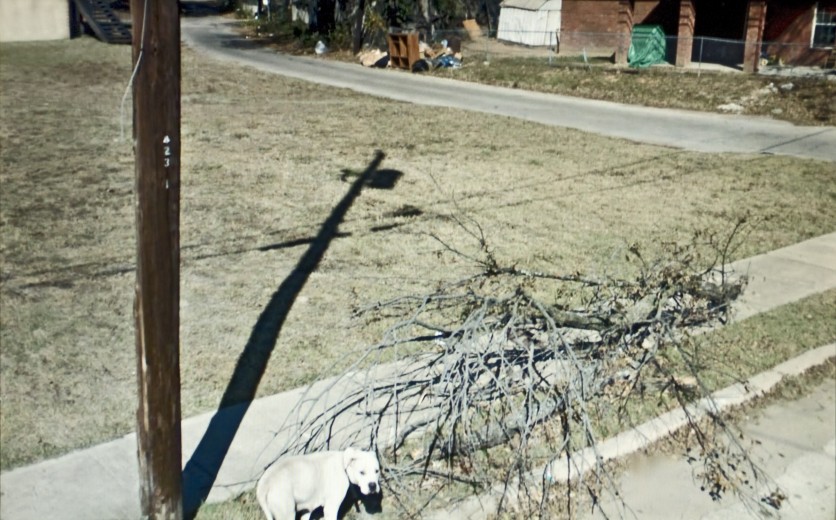 |
| #32.700542, Dallas, TX. 2009. 2010, Doug Rickard |
Photography will never die, just change and expand. I think this is an exciting time for us, we're in the middle of the death of one process and the beginning of a new, globalized, digitized process. The possibilities are endless and we are the pioneers. History doesn't stop.
(I'll add more later, maybe quotes and who I agree and disagree with )





























